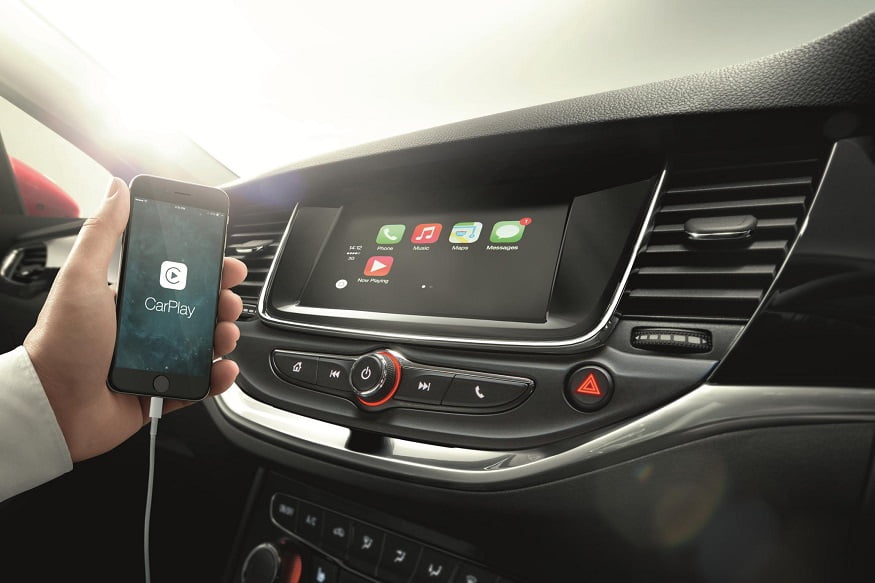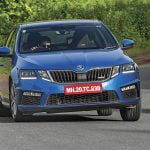
A new report conducted by Strategy Analytics finds that whether in North America, Western Europe or China, the average car shopper now agrees on one thing — they want to be able to use their handsets and their favorite apps while behind the wheel — even if it means paying a premium to do so.
After a slow start, car companies are now very much in the fast lane in their attempt to cater for customers’ digital and connected needs with better in-house developed infotainment systems plus an ever-growing suite of apps and services, from internet radio access to turn-by-turn navigation programs.
Ford, in particular, has worked tirelessly to develop and improve its Sync system (now in its third generation) opening the platform to developers and building partnerships with a host of digital big names from Amazon to Pandora.
And it’s little wonder. The KPMG 2017 Automotive Executive Study, published in January, shows that a new car sold with integrated connectivity and web access features can already offer a car maker more potential revenue streams — through add-on services and subscriptions, than 10 non-connected cars.
However, the connection that consumers want most — US car buyers favor Android Auto, while Europeans and Chinese consumers want Apple Car Play — circumvents carmakers’ own services in favor of those already installed on an owner’s smartphone that Google or Apple have passed as safe-to-use while driving.
“All of our research suggests that consumers will soon be ready to adopt CarPlay and Android Auto for their infotainment needs, which is another round of bad news for embedded navigation suppliers and OEMs that want to sell upgraded navigation systems,” said Derek Viita, report author, and Senior Analyst.
But part of this preference is the result of familiarity, even if a car comes with Google Maps preloaded into its infotainment system, consumers are more comfortable with using the app as it functions on their device along with saved and preferred destinations.
“Consumers are increasingly relying on connected apps for a variety of purposes in the car due to frustrations with the user experience of embedded systems,” said Chris Schreiner, Director, Syndicated Research UXIP
And these frustrations can drive consumers to distraction. A study of infotainment systems in 30 different 2017 Model Year cars on sale in the US conducted by the University of Utah in association with the AAA Foundation for Traffic Safety, published this month, found that programming the navigation system could mean the driver took his or her eyes off the road for upwards of 40 seconds depending on the complexity of the user interface.
What’s more, a host of voice-operated and touchscreen-enabled services could lead to a lapse of a concentration of up to 24 seconds.
“We’re putting more and more technology in the car that just does not mix with driving,” said psychology professor David L. Strayer, who led the report. “We’re expecting to see more problems associated with distracted driving as more stuff is at the fingertips of the driver to distract them.”
[“Source-news18”]





